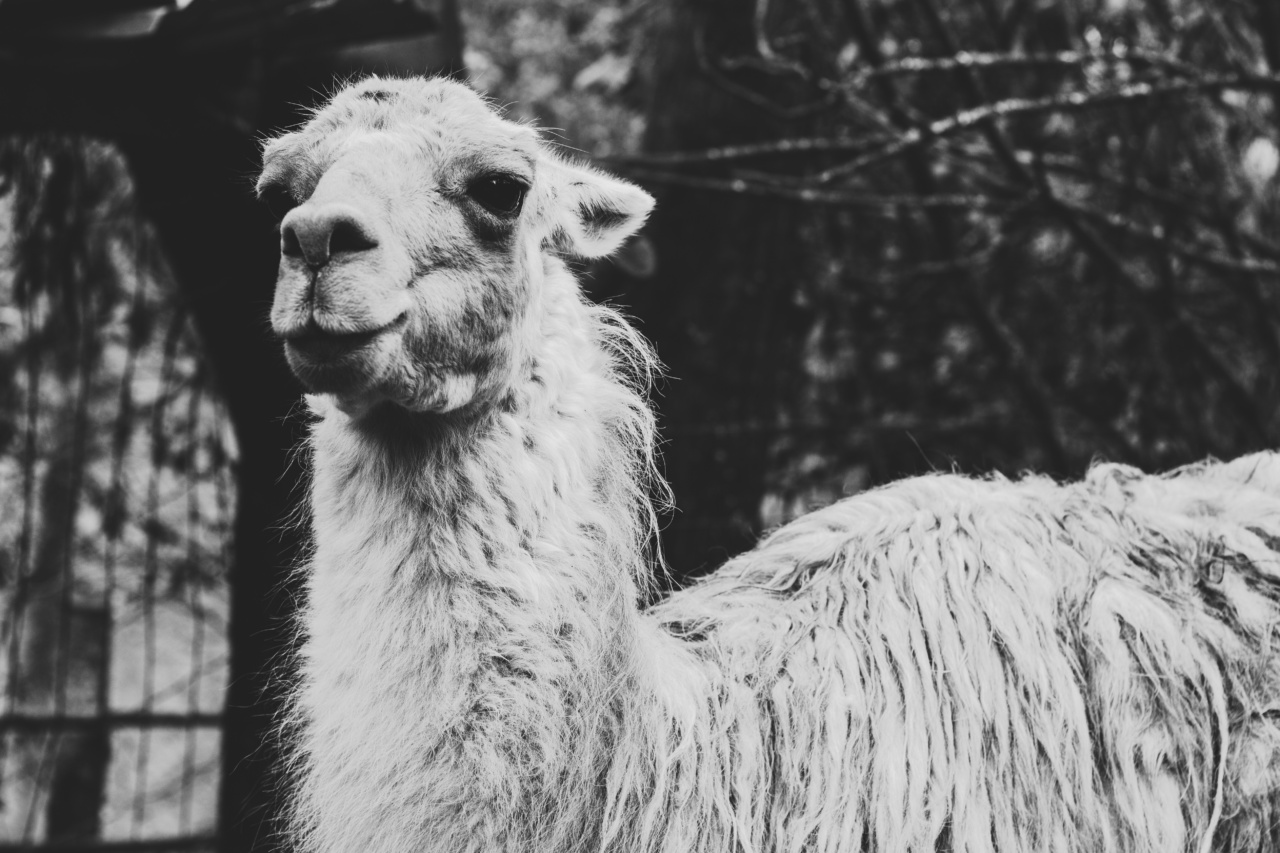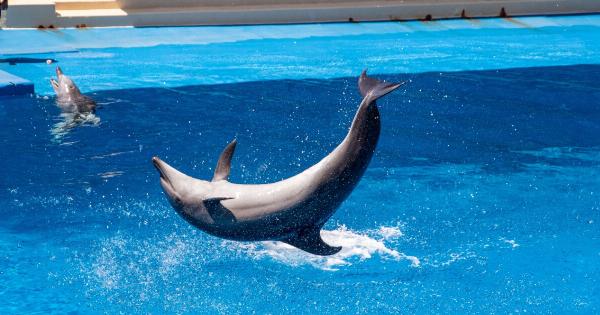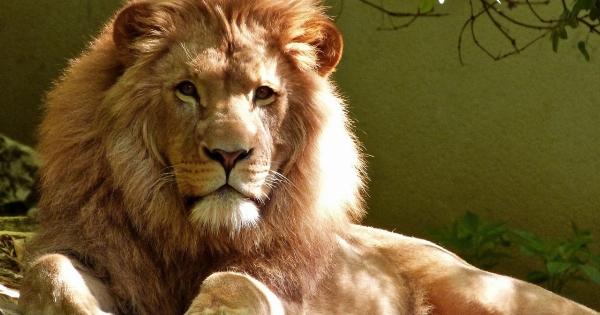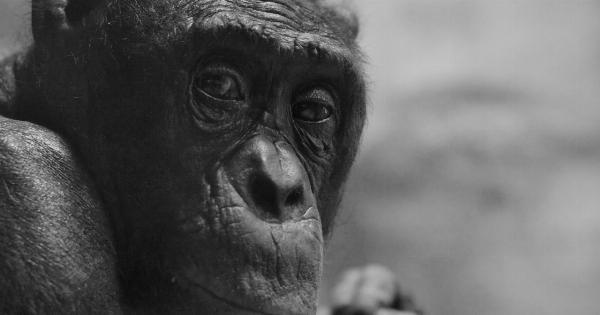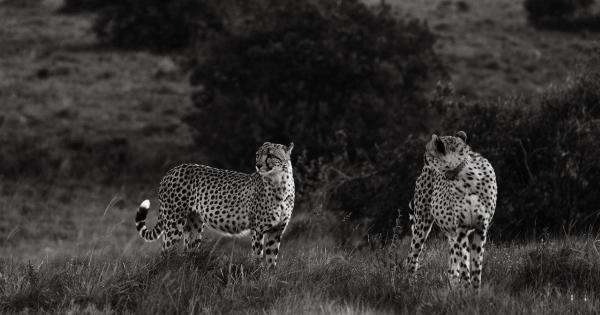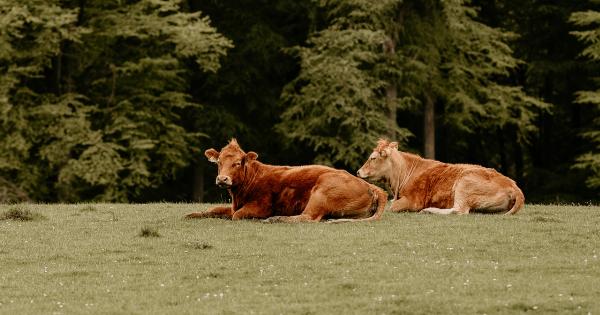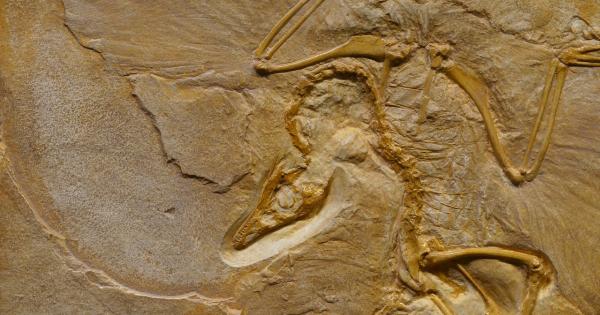When we think of introversion, our minds tend to automatically go to humans. We think of shy, reserved, and quiet individuals who prefer to be alone rather than socializing with others. However, introversion is not limited to humans alone.
In fact, many species in the animal kingdom exhibit introverted tendencies in their behavior as well. In this article, we will explore the concept of introversion in the animal kingdom and how different species adapt to their social and environmental surroundings.
The Definition of Introversion in Animals
Before we dive into specific examples of introverted behavior in the animal kingdom, it’s important to define what we mean by introversion in animals.
At its core, introversion in animals refers to a tendency to prefer solitude and quiet, low-stimulation environments over interactions with others.
It’s important to note, however, that introversion in animals can manifest in a variety of ways.
For example, some species may simply prefer to spend time alone rather than in groups, while others may still require social interaction but in smaller, more intimate settings. In some cases, introverted behavior may also serve as a form of protection against predators or environmental stressors.
Examples of Introversion in the Animal Kingdom
With this definition in mind, let’s take a look at some of the different ways introversion can manifest in the animal kingdom.
1. Sloths
Sloths are perhaps one of the best-known examples of introverted behavior in the animal kingdom. These slow-moving mammals spend the majority of their lives sleeping and resting in trees, largely avoiding social interaction with other animals.
While sloths may occasionally interact with each other, such interactions are typically brief and infrequent. This introverted behavior serves as a way for sloths to conserve energy and avoid predators.
2. Tigers
Despite their reputation as fearsome predators, tigers are actually quite introverted animals. These big cats prefer to spend the majority of their time alone, typically only interacting with others during mating season.
Tigers are also known for being extremely territorial, and will often avoid interacting with other tigers in the wild.
3. Hedgehogs
Hedgehogs are another example of a species that exhibits introverted behavior. These small, spiky mammals are known for their solitary habits, spending most of their time wandering alone in search of food.
While hedgehogs may interact with other members of their species during mating season, they generally prefer to keep to themselves in order to avoid predators and other potential threats.
4. Octopuses
Octopuses are some of the most introverted creatures in the animal kingdom. These highly intelligent sea creatures prefer to spend their time alone, avoiding other octopuses at all costs.
In fact, some species of octopus are so introverted that they will actively avoid social interaction with other creatures, even going so far as to camouflage themselves in order to avoid detection.
5. Giant Pandas
Finally, giant pandas are another species known for their introverted tendencies. These iconic bears are notoriously solitary creatures, spending the majority of their time alone in search of food.
While giant pandas may occasionally interact with other pandas during mating season, they generally prefer to avoid social interaction and conserve their energy for survival in the wild.
Adaptations for Introverted Behavior
So how do animals with introverted tendencies adapt to their social and environmental surroundings? Let’s take a look at some of the most common adaptations for introverted animals.
1. Camouflage
One of the most common adaptations for introverted animals is camouflage. Many species, such as octopuses and hedgehogs, have developed the ability to blend in with their surroundings in order to avoid detection by predators or other threats.
This allows them to remain hidden and avoid social interaction with other animals.
2. Solitary Habits
Another common adaptation for introverted animals is solitary habits. Animals that prefer solitude and low-stimulation environments are often able to conserve energy and avoid potential threats by living alone.
For example, sloths and giant pandas spend the majority of their time alone in order to conserve energy and avoid predators.
3. Territory Marking
Many introverted animals, such as tigers, will mark their territory in order to avoid social interaction with other animals.
By claiming a specific area of their environment, these animals are able to establish boundaries and avoid unwanted interaction with other creatures.
4. Nocturnal Habits
Finally, many introverted animals, such as hedgehogs and some species of octopus, are nocturnal.
By becoming active at night and sleeping during the day, these animals are able to avoid social interaction with other creatures that are active during the day. This allows them to conserve energy and avoid potential threats in their environment.
Conclusion
From sloths to tigers to octopuses, introverted behavior can be found in many different species across the animal kingdom.
While introversion may manifest differently in each species, it is often an important adaptation that helps animals conserve energy, avoid predators, and survive in their environment. By understanding introverted behavior in animals, we can gain a better appreciation for the complexity and diversity of the natural world around us.
